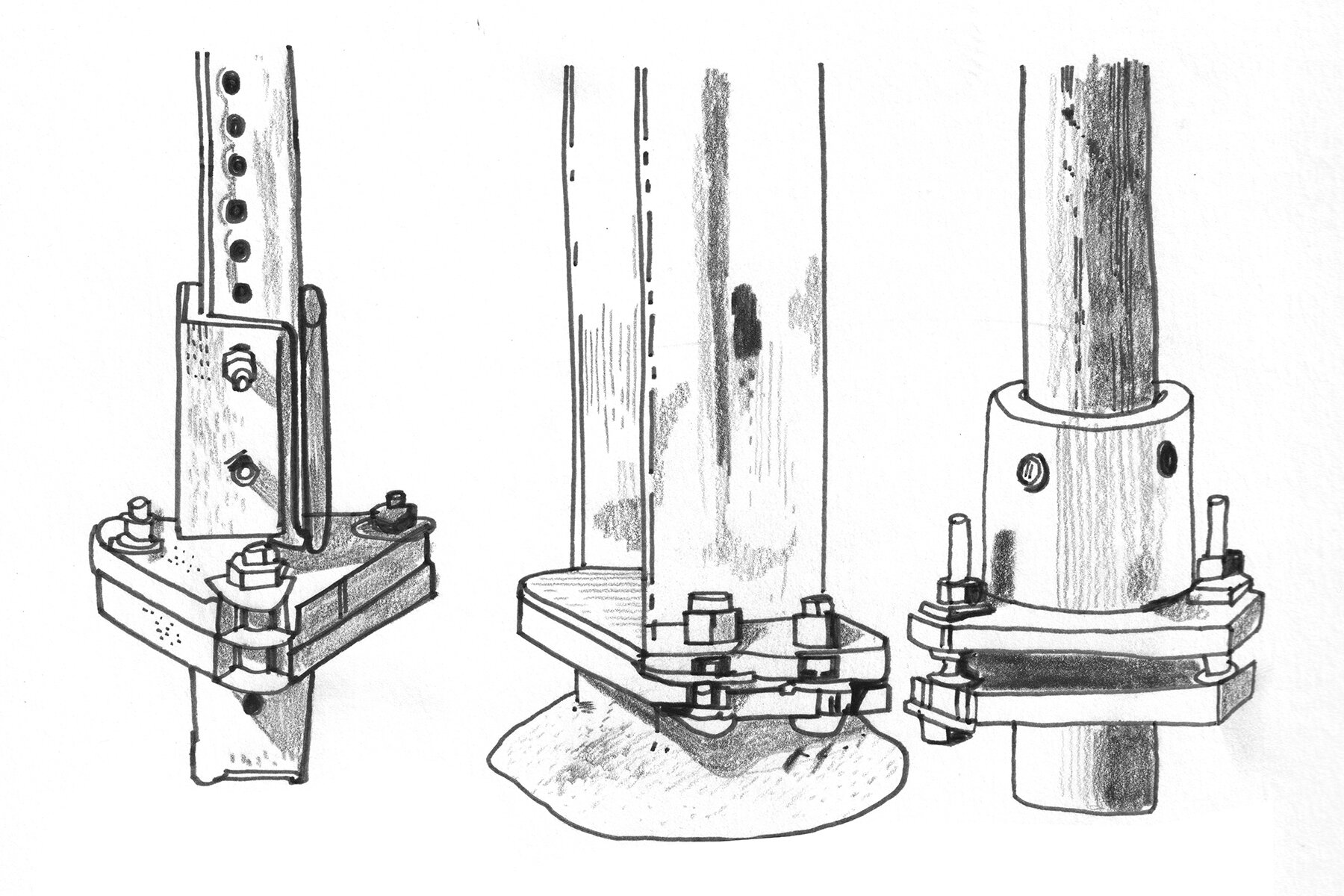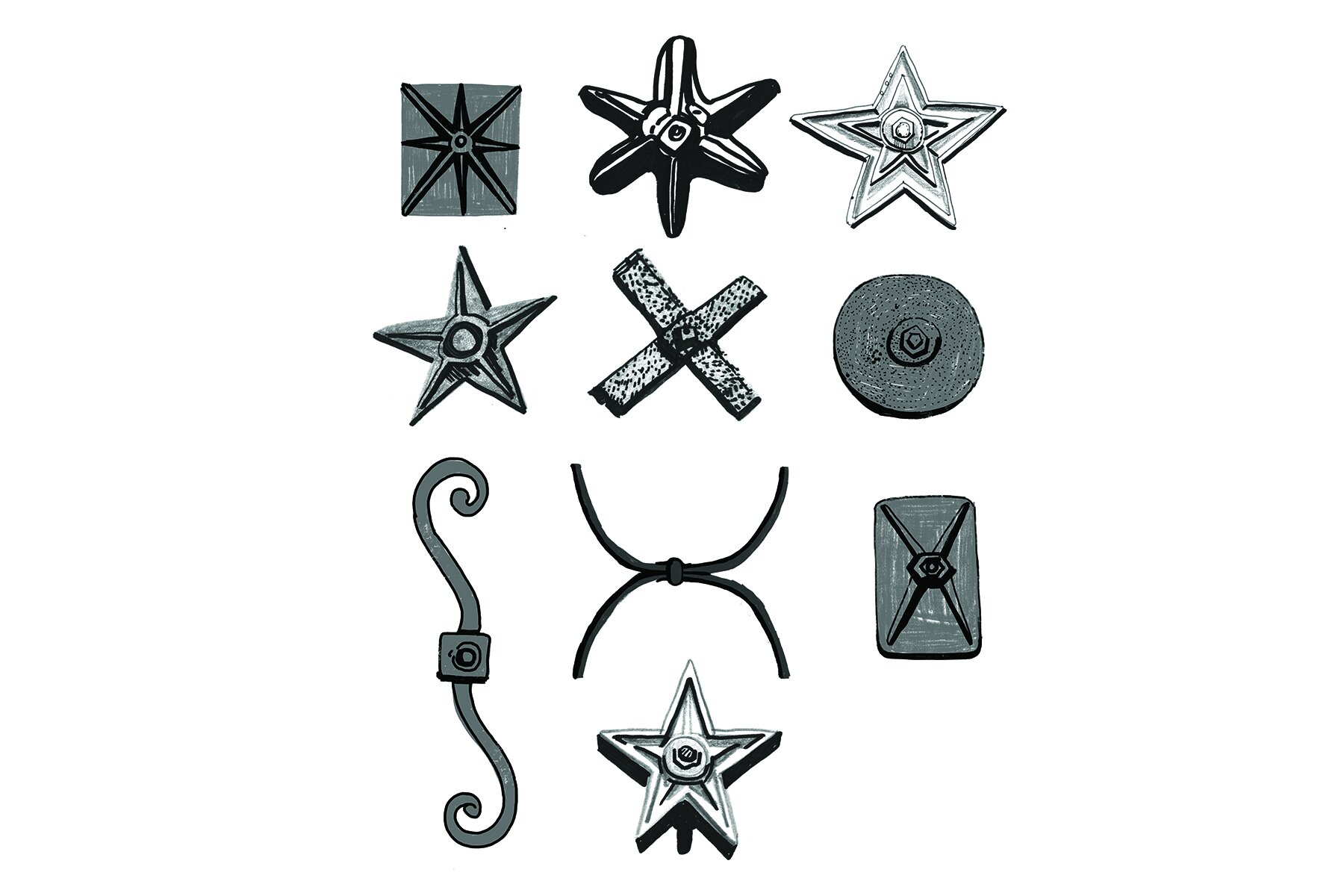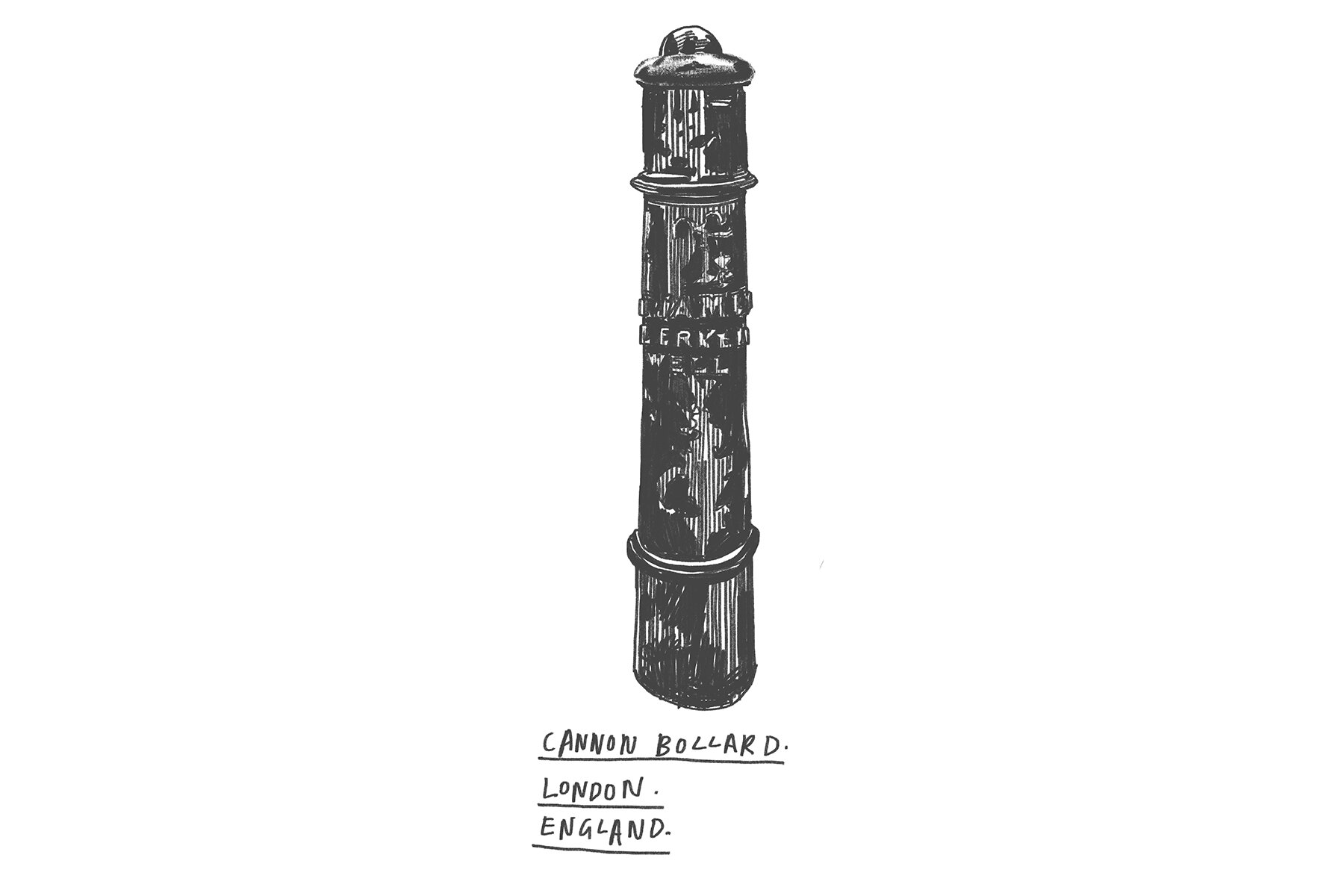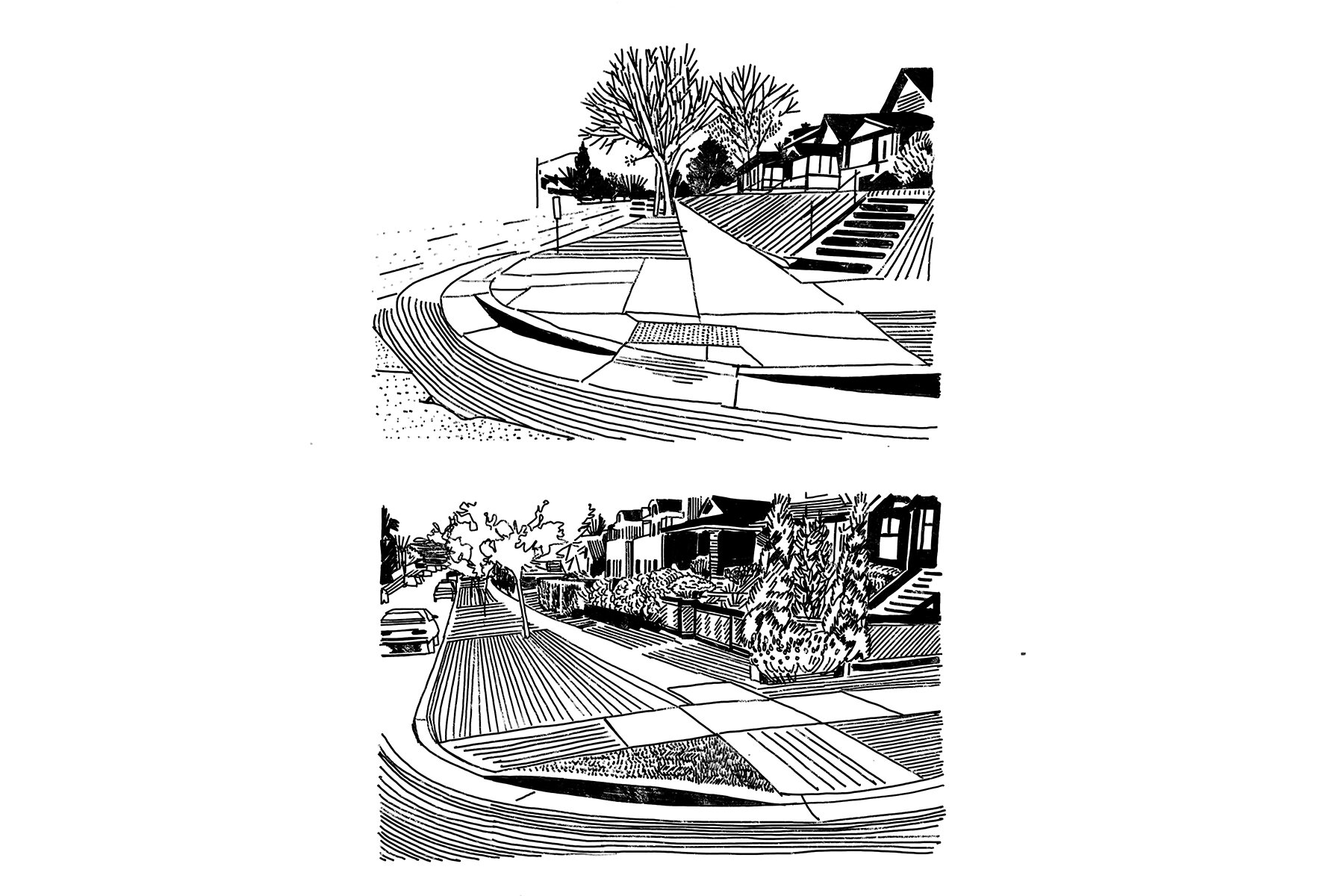Review of The 99% Invisible City: A Field Guide to the Hidden World of Everyday Design
By Frank Edgerton Martin | April 29, 2021
Houghton Mifflin Harcourt
BOOK VALUE
For more than a decade now, the popular 99% Invisible podcast has explored the mostly unnoticed construction methods and functional details and the forgotten histories that shape the cityscape today. Host Roman Mars and contributor Kurt Kohlstedt gather these rich stories of the hidden sides of cities in The 99% Invisible City: A Field Guide to the Hidden World of Everyday Design.
“So much of the conversation about design centers on beauty, but the more fascinating stories of the built world are about problem-solving, historical constraints, and human drama,” Mars and Kohlstedt write in the introduction. Organized in six sections—Inconspicuous, Conspicuous, Infrastructure, Architecture, Geography, and Urbanism—the book turns a curious eye to cityscape elements at all scales, from a contractor’s name stamp in a sidewalk to the length and spacing of lane striping on a highway.
Invisible and Seen
In Inconspicuous, the authors trace the stories behind the engineering of breakaway signposts, the repurposing of objects, and the surface accretions of time evidenced in ghost signs. Did you know, for example, that many of the earliest bollards (those metal posts in the sidewalk that separate people from cars) in London were reused ship cannons? Cannons influenced bollard design to such a degree that, even today, it’s hard to know whether a bollard’s origins were naval or municipal.
1. Breakaway signposts are designed to snap off when hit by a moving vehicle. 2. Decorative anchor plates connect to tie rods to prevent exterior walls from bowing out. 3. The earliest bollards in London were repurposed ship cannons. 4. Pedestrian curb cuts make streetscapes safer and more accessible. All drawings by Patrick Vale.
In Minneapolis, the Art Deco Northwestern Bell Telephone Building (now Century Link) tells another story of architectural accretion. Most Minneapolitans don’t know that the metallic crown that once capped the limestone tower was not a part of the original design; it was added in the early 1960s when microwave transmission between towers became the go-to technology for long-distance calls. With that technology now obsolescent, the crown was removed in 2019.
Sometimes, it’s essential for urban systems and identifiers to be Conspicuous. After World War I, Scottish police departments sought out hats and uniforms that could not be confused with those of bus drivers and other officials. They turned to Scottish heraldic traditions and tartans to create distinctly checkered hat bands that became a powerful identifier.
Simplicity, boldness, and consistency are key to safety-promoting crosswalk signage and bike lanes. In many cities, these features don’t quite measure up. Minneapolis, for example, has at least a dozen confusing combinations of signage, striping, and bike lane construction techniques that reduce clarity for drivers and safety for bikers.
“Very few agencies dig deeply into visibility and conspicuity research to maximize safety aspects in their choice of design,” the authors write of public graphic design today.
Equity in the Details
Often, it is citizens, not planners, who break the rules to find more equitable solutions. In 1962, the University of California, Berkeley initially turned down Ed Roberts’ enrollment application because he was a polio victim with limited mobility. Roberts was eventually admitted, and soon other disabled students came to Berkeley and formed an activist group called the Rolling Quads.
“To this day,” the authors note, “rousing stories circulate about Roberts and the rest of the Rolling Quads riding out in Berkeley under the cover of night with attendants and using sledgehammers to bust up curbs and build their own ramps to force the city into action.” By breaking through unnoticed barriers in their city, these activists helped to spur the Americans with Disabilities Act of 1990, altering streets and buildings into those we know today.
Urban environments are rarely built according to a master plan. The 99% Invisible City celebrates the cacophony that arises over time—the background details and social histories of urban life that make our cities safer, more textured, and more equitable today.





